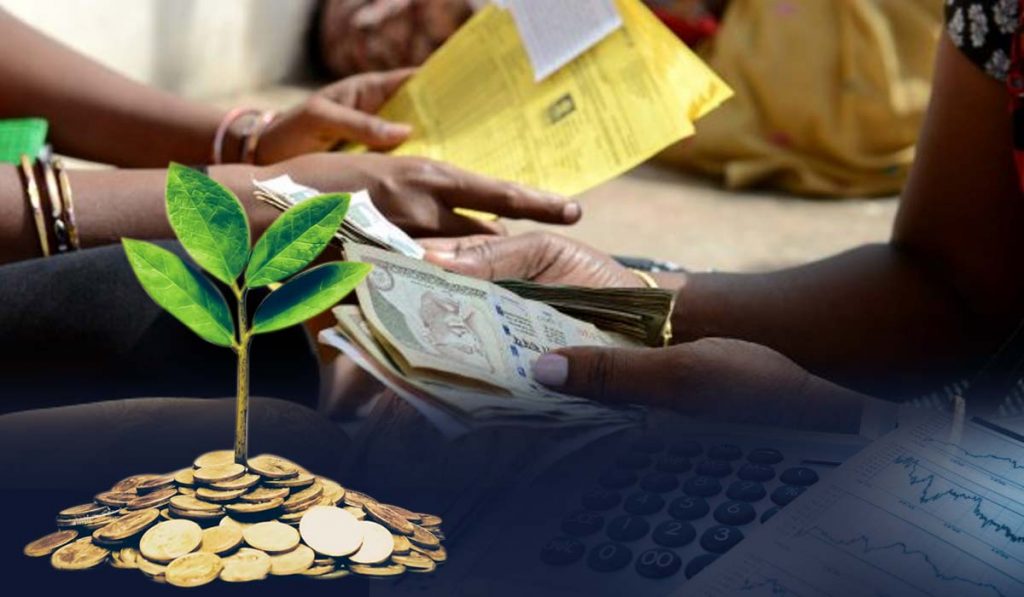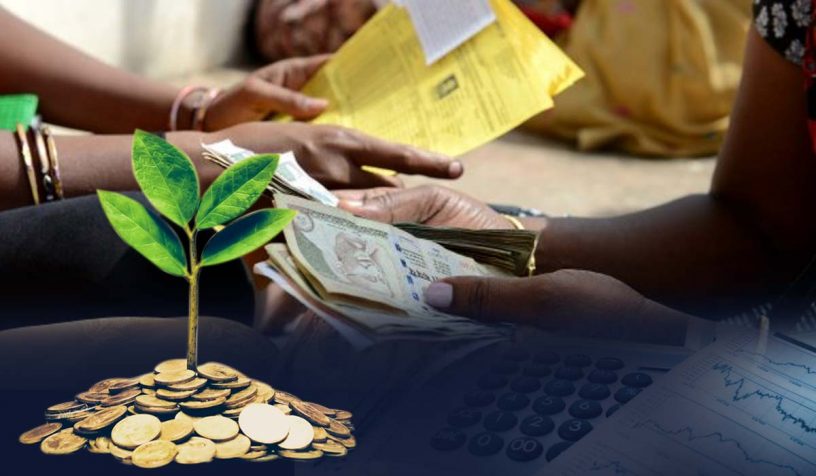
This paper undertakes a chronological study of the growth of microfinance in the country over the last one decade, the challenges encountered, and the ensuing regulatory responses by the state.
Author
Arpita Gupta, Associate Professor, Jindal Global Law School, O.P. Jindal Global University, Sonipat, Haryana, India.
Summary
As a development policy and impact investment tool, microfinance has achieved a position of prominence in global development policy, figuring as both a means as well as an end in itself with respect to the Sustainable Development Goals. India, home to the largest number of micro-credit borrowers and the fastest growing market for microfinance, has also been the epicenter of the largest microfinance crisis in the world.
The vast size, extent, and reach of the sector, market fluctuations owing to sector-specific crises like the 2010 crisis or general crises such as the ongoing Covid-19 pandemic, multiplicity of credit delivery models, and the sheer range of entities providing microfinance services in the country makes the regulation of the sector a difficult endeavor.
This paper undertakes a chronological study of the growth of microfinance in the country over the last one decade, the challenges encountered, and the ensuing regulatory responses by the state. Identifying fragmentation of regulation as a major impediment in achieving the double bottom lines of poverty alleviation and profitability, it underscores the need for a more uniform and harmonious regulatory standard for the sector.
Given the global significance of microfinance, this analysis holds relevance for institutional design and learning for the Indian context as well as beyond.
Published in: Ilkam Law Review
To read the full article, please click here.


